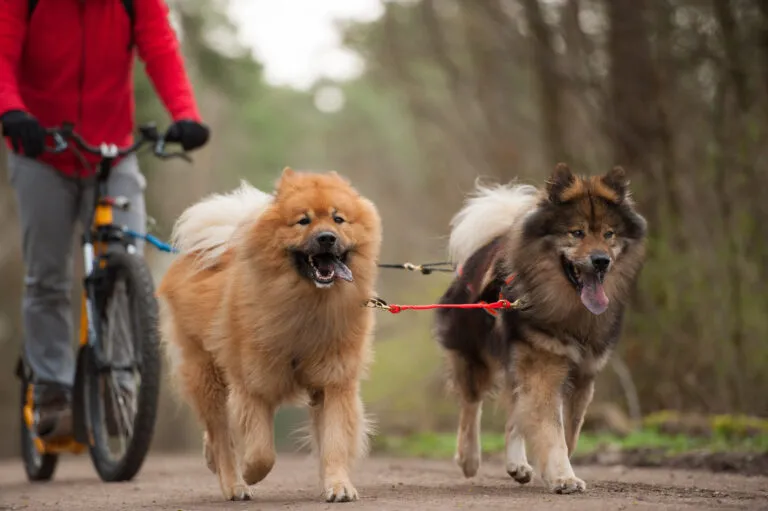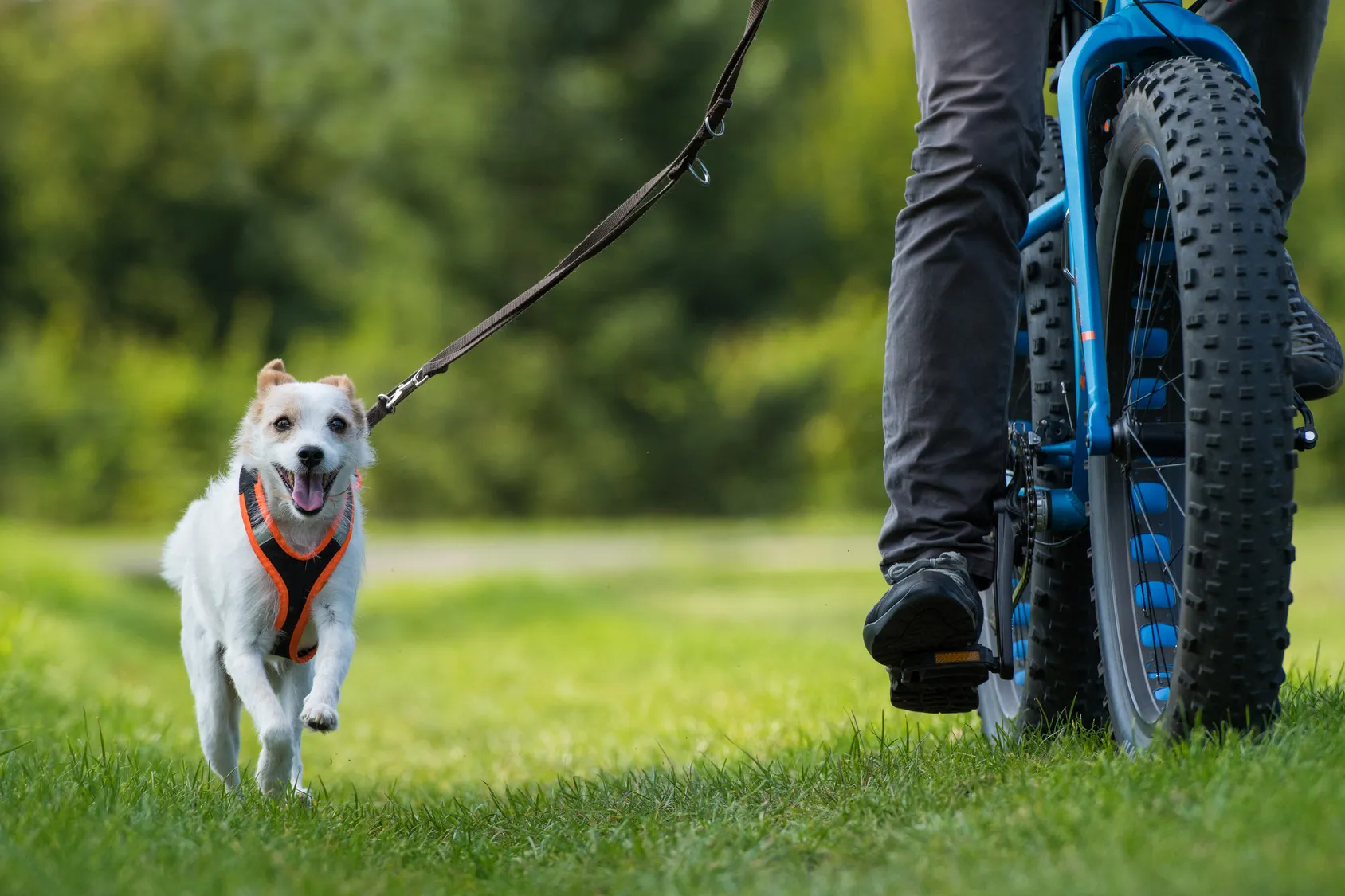Fitness for Dogs: How to Achieve an Ideal Weight
The path to our four-legged friends' hearts lies through their stomachs. Nevertheless, good intentions frequently result in obesity. With your assistance and a gentle exercise programme, your dog can shed weight, regain fitness, and move freely. We will outline exercises that enhance canine fitness and benefit you as well.

